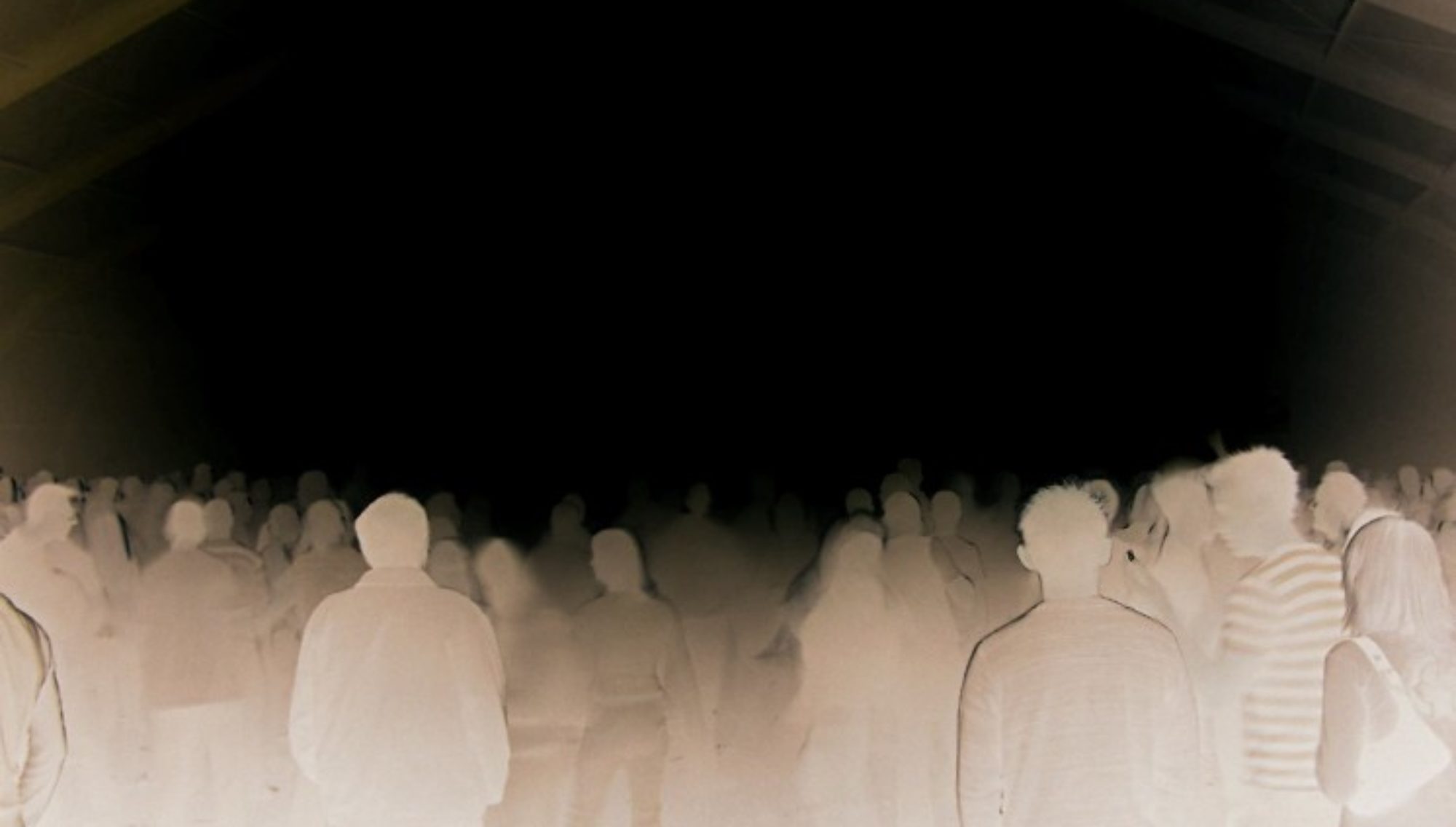Beside the seemingly ever-present Loren Coleman, and the other individuals previously highlighted (so far: Jay Dyer, Carl Jung, and Jake Kotze), where else can interested readers turn for more examples and more information?
Here, we will list two (well, three) other others.
The first additional commentator of interest is the comic-book artist and author, Christopher Knowles. He is otherwise known for insightful books such as Our Gods Wear Spandex: The Secret History of Comic Book Heroes (with Joseph Michael Linsner, Newburyport, MA: Red Wheel Weiser, 2007), The Complete X-Files: Behind the Series, the Myths, and the Movies (with Matt Hurwitz, Insight Editions, 2008), and The Secret History of Rock ‘n’ Roll: The mysterious roots of modern music (Berkeley, CA: Viva Editions, 2010).
Knowles’s weblog, The Secret Sun, is replete with references to SynchroMysticism and synchronicity, as a simple Google search will reveal. One particular post, “Credit Where Credit is Due,” eloquently makes one point that this author has been at pains to disclose: namely, the relevant areas of inquiry derive from the input and thought of many key people.
It is perhaps quite true to say that Carl Jung, more than anyone else, deserves recognition for initiating these studies. However, as Jung himself makes clear, innumerable, pertinent pieces of background came to him by way of reflections upon ancient alchemy (among other sources).
In addition to the above-mentioned post, which is ought to be given a careful read by interested students, Knowles has countless others that should both entertain visitors to his blog, as well as enlighten those wishing to contend with (if not quite get a handle on) SynchroMysticism.
A second fascinating analyst is the curious S. K. Bain, whose Most Dangerous Book in the World: 9/11 as Mass Ritual (Walterville, OR: Trine Day, 2012) contains a foreword by Peter Levenda (on whom more in a future writing). In Bain’s telling, the attacks on the Pentagon and World Trade Center, on September 11, 2001, were (in the words of the publisher’s able summary) an “occult-driven… Global Luciferian MegaRitual …a psychological warfare campaign built upon a deadly foundation of black magick and high technology.” It’s quite a SynchroMystical ride.
Something of a companion volume followed. In “Sherwood Kent’s” Most Dangerous: A True Story (Walterville, OR: Trine Day, 2016) one descends into a nightmarish tale abounding in disturbing and lurid instances of synchronicity.
Stay tuned.


